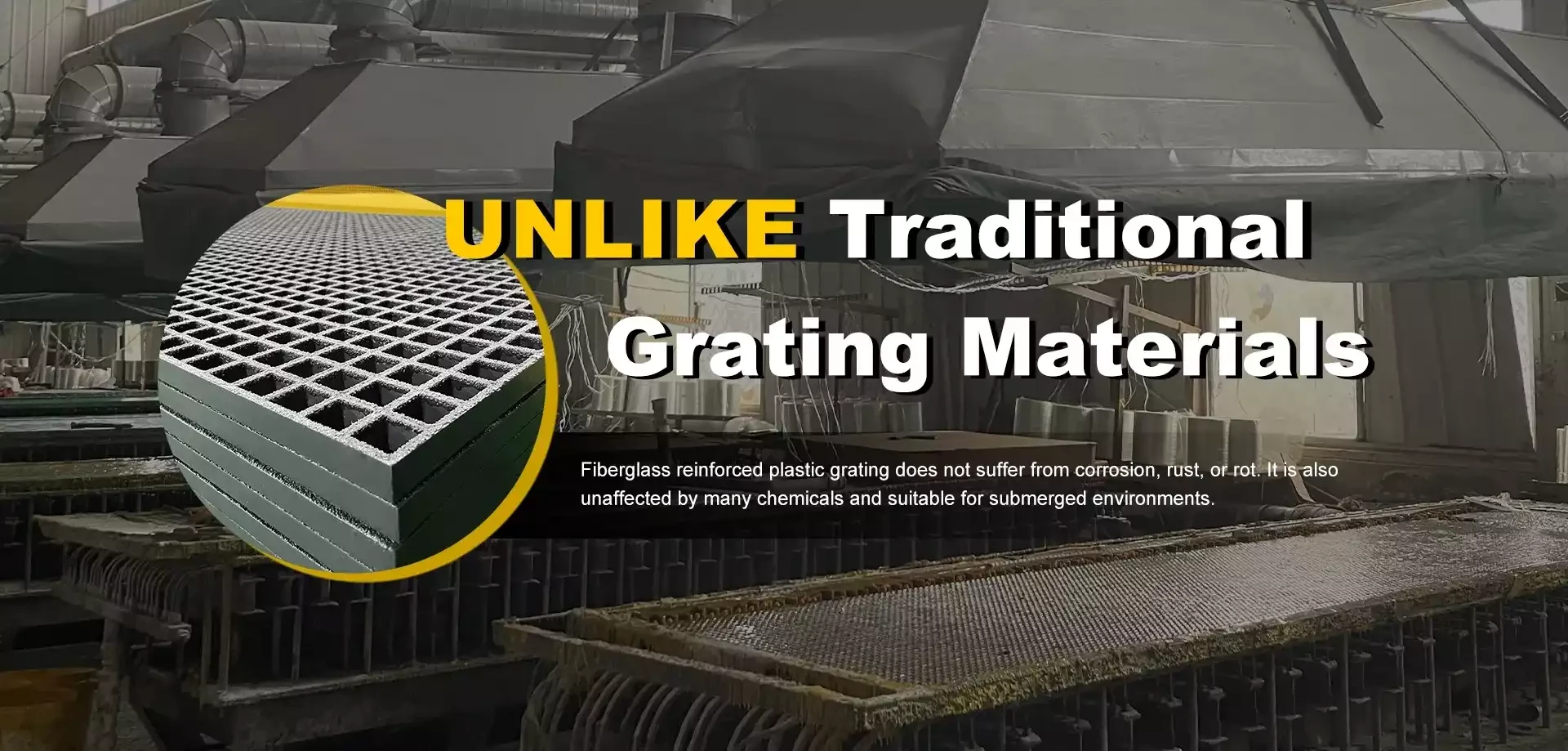loading...
- No. 9, Xingyuan South Street, Dongwaihuan Road, Zaoqiang County, Hengshui, Hebei, China
- admin@zjcomposites.com
- +86 15097380338
- Welcome to visit our website!
Understanding the Costs and Benefits of Fiberglass Rebar for Construction Projects
Understanding the Cost of Fiberglass Rebar A Comprehensive Overview
Fiberglass rebar, also known as glass fiber reinforced polymer (GFRP) rebar, has emerged as a revolutionary alternative to traditional steel reinforcement in concrete. Its unique properties, including resistance to corrosion, lightweight structure, and high tensile strength, have made it an attractive option for various construction projects. However, one of the major considerations when opting for fiberglass rebar is its cost. This article will delve into the factors influencing the cost of fiberglass rebar, compare it with steel rebar, and discuss the long-term savings associated with its use.
Factors Influencing the Cost of Fiberglass Rebar
1. Material Composition The primary materials used in the production of fiberglass rebar significantly affect its pricing. High-quality glass fibers, resins, and additives contribute to the overall material cost. Depending on the composition and manufacturing techniques, the price can vary widely.
2. Manufacturing Process The cost of fiberglass rebar can also be influenced by the manufacturing methods employed. Processes such as pultrusion, where continuous fibers are pulled through a resin bath and then cured, are more cost-effective for high-volume production. Conversely, bespoke manufacturing techniques that cater to specific project needs may lead to higher costs.
3. Diameter and Length Fiberglass rebar comes in various diameters and lengths, which can impact pricing. Larger diameters are often pricier due to the increased material usage and production complexity. Custom lengths may also entail additional costs.
4. Market Demand and Supply Like any product, the cost of fiberglass rebar is subject to market dynamics. Fluctuations in demand, availability of raw materials, and competition within the industry can all influence the pricing structure.
5. Transportation and Logistics As fiberglass rebar is typically lighter and may come in longer lengths compared to steel rebar, logistics and transportation costs can differ. Depending on the project location, these costs can add to the overall expense of procuring fiberglass rebar.
Comparing Costs Fiberglass Rebar vs
. Steel Rebarfiberglass rebar cost

When discussing the cost of fiberglass rebar, it is crucial to compare it to traditional steel rebars. On initial calculations, fiberglass rebar tends to be more expensive than steel rebar. The price for fiberglass rebar can range from $3 to $15 per linear foot, while steel rebar typically costs between $0.30 to $0.80 per linear foot, depending on market conditions.
However, the higher upfront cost of fiberglass rebar can be justified by taking into account its numerous advantages. For instance
- Corrosion Resistance Unlike steel, fiberglass rebar does not rust, eliminating the need for protective coatings and reducing long-term maintenance costs. This is particularly beneficial in environments exposed to moisture or salt, making it ideal for coastal constructions.
- Durability Fiberglass rebar has a longer lifespan, meaning projects using this material may require less frequent repairs or replacements.
- Weight and Handling The lightweight nature of fiberglass rebar reduces transportation costs and simplifies handling on construction sites. This can lead to savings in labor costs and faster project completion times.
Long-term Economic Impact
While the initial investment in fiberglass rebar may be greater than that of steel rebar, it is essential to consider the long-term economic benefits. The durability and low maintenance requirements of fiberglass rebar can lead to substantial cost savings over the lifespan of a structure. In many cases, these savings can offset the higher initial costs, making fiberglass rebar an economically viable alternative.
Conclusion
In conclusion, the cost of fiberglass rebar is influenced by a myriad of factors, including material composition, manufacturing processes, and market dynamics. While it may initially appear more expensive than traditional steel rebar, its benefits in terms of durability, corrosion resistance, and reduced maintenance could result in significant savings over time. As the construction industry continues to evolve, understanding and evaluating the cost implications of the materials used is essential for making informed and beneficial decisions in project management. Ultimately, the choice between fiberglass rebar and steel rebar should be a holistic one, considering both immediate costs and long-term value.
-
The Rise of FRP Profiles: Strong, Lightweight, and Built to LastNewsJul.14,2025
-
SMC Panel Tanks: A Modern Water Storage Solution for All EnvironmentsNewsJul.14,2025
-
GRP Grating: A Modern Solution for Safe and Durable Access SystemsNewsJul.14,2025
-
Galvanized Steel Water Tanks: Durable, Reliable, and Ready for UseNewsJul.14,2025
-
FRP Mini Mesh Grating: The Safer, Smarter Flooring SolutionNewsJul.14,2025
-
Exploring FRP Vessels: Durable Solutions for Modern Fluid HandlingNewsJul.14,2025
-
GRP Structures: The Future of Lightweight, High-Performance EngineeringNewsJun.20,2025
